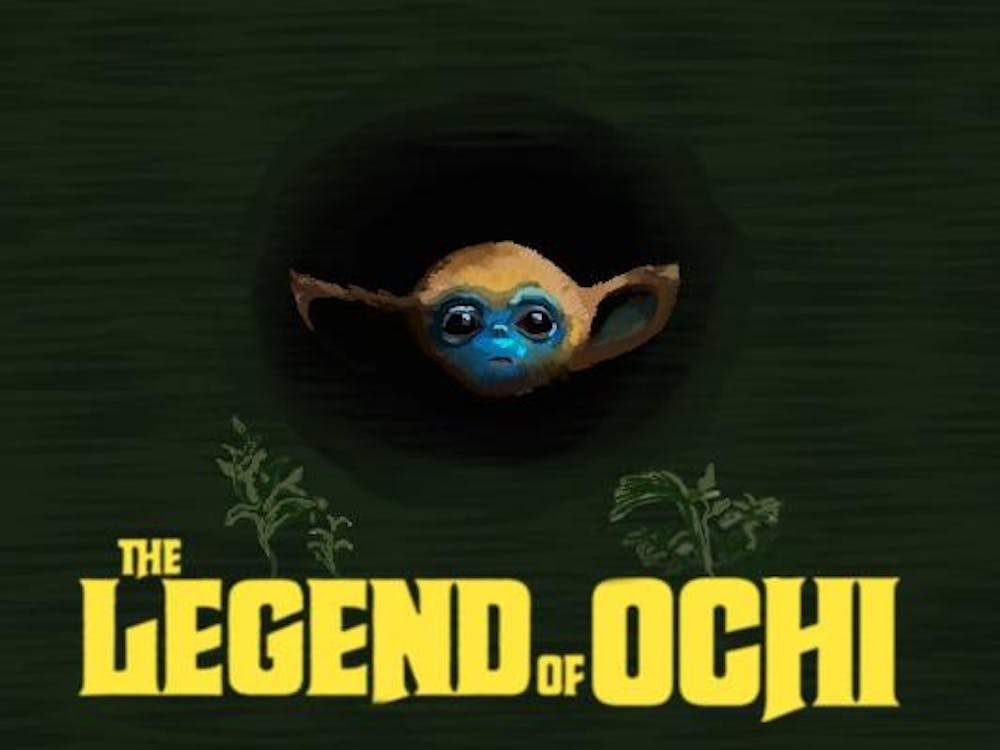Last week, photographer Thomas Struth participated in a discussion with Assoc. Architecture Prof. Nana Last, who is is currently writing a book about Struth, and Art Prof. William Wylie.
Struth has an impressive resume — he has exhibited works in many museums around the world including solo exhibitions at the Metropolitan Museum of Art in New York City, as well as at museums in Amsterdam, Japan and Spain. Struth recently earned an Honorary Fellowship from the Royal Institute of British Architects in conjunction with his photographs of architecture in his artist book "Walking." He lives and works in both New York and Germany and continues to print his photographs from film, not digitally.
Despite snowy weather, the talk was well-attended by both professors and students. Wylie said he was excited for this opportunity to combine studio art and architecture people.
The three speakers sat at the podium while images of Struth's pictures were projected behind them. They represented two unique perspectives: the artists and the academics. As Last and Wiley tried to direct the conversation towards major themes in Struth's work, such as museum patrons and technology, he answered questions they had not asked and emphasized what he was thinking while creating his work.
"I'm a picture maker,” Struth said. “I love making pictures…[and] compositions.”
Struth stumbled over his words as he attempted to describe his life's work in 90 minutes — however, when he found his point, his conviction was as strong as his photographs.
“To make photographs, you have to have a reason,” he said.
Struth explained that he gives very little wall text information with his photography because he wants people to form their own interpretations of his work. In one case, he even described a picture he had taken horizontally but wanted to display vertically. His assistants said he could not change the orientation, but after he showed it in one exhibition, he rotated it for the second.
Struth's stunning and electric photographs cover a wide range of topics that lend themselves to a discussion that touches on many themes. His success and well-attended discussion show that film photography is not yet dead and that his work can pertain to an audience broader than just studio art majors.







